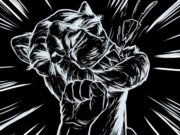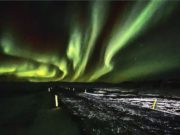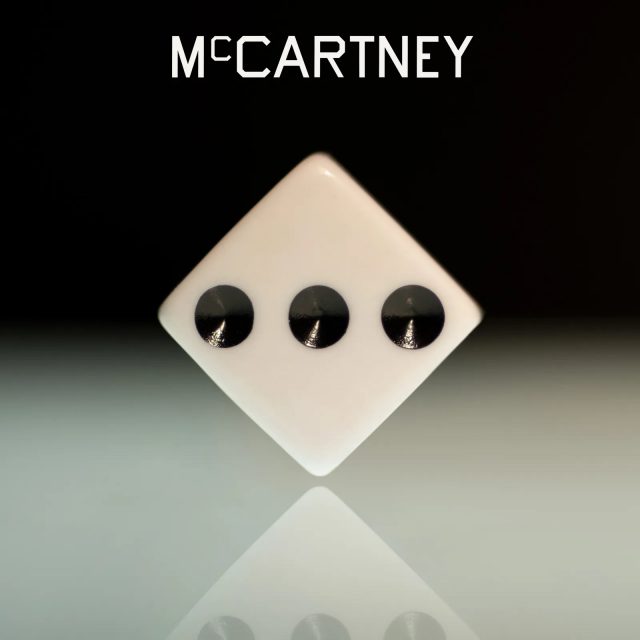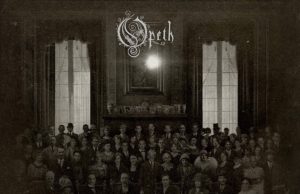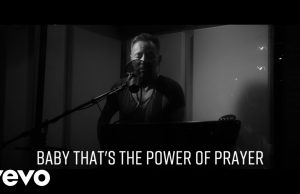THE EDITED PRESS RELEASE: “The third instalment in Paul McCartney’s eponymous releases, McCartney III is the former Beatle’s 18th solo studio album, the followup to 2018’s Egypt Station — and an album that was uniquely ‘Made in Rockdown.’
Paul hadn’t planned to release an album in 2020, but in isolation, he soon found himself fleshing out some existing musical sketches and creating even more new ones. Before long an eclectic collection of spontaneous songs would become McCartney III: A stripped-back, self-produced and, quite literally, solo work marking the opening of a new decade, in the tradition of 1970’s McCartney and 1980’s McCartney II.
Recorded earlier this year in Sussex, McCartney III is mostly built from live takes of Paul on vocals and guitar or piano, overdubbing his bass playing, drumming, etc. atop that foundation. The process first sparked when Paul returned to an unreleased track from the early ’90s, When Winter Comes (co-produced by George Martin). Paul crafted a new passage for the song, giving rise to album opener Long Tailed Winter Bird — while When Winter Comes, featuring its new 2020 intro Winter Bird, became the new album’s grand finale.
Speaking about III, Paul said: “I was living lockdown life on my farm with my family and I would go to my studio every day. I had to do a little bit of work on some film music and that turned into the opening track and then when it was done I thought what will I do next? I had some stuff I’d worked on over the years but sometimes time would run out and it would be left half-finished so I started thinking about what I had. Each day I’d start recording with the instrument I wrote the song on and then gradually layer it all up, it was a lot of fun. It was about making music for yourself rather than making music that has to do a job. So, I just did stuff I fancied doing. I had no idea this would end up as an album.”
Long Tailed Winter Bird and Winter Bird/When Winter Comes bookend McCartney III’s vast and intimate range of modes and moods, from soul searching to wistful, from playful to raucous and all points between — captured with some of the same gear from Paul’s Rude Studio used as far back as 1971 Wings sessions. And Paul’s array of vintage instruments he played on the new album have an even more storied history, including Bill Black of Elvis Presley’s original trio’s double bass alongside Paul’s own iconic Hofner violin bass, and a Mellotron from Abbey Road Studios used on Beatles recordings, to name but a few.
2020 marks 50 years since McCartney released his self-titled solo debut. Featuring Paul playing every instrument and writing and recording every song, McCartney’s effortless charms have only grown in stature and influence over time. The chart-topping album would signify not only a creative rebirth for Paul, but also as a template for generations of indie and lo-fi musicians seeking to emulate its warm homespun vibe and timeless tunes including Maybe I’m Amazed, Every Night and The Lovely Linda.
The 1970s saw Paul forming his second band Wings and dominating the charts, stages and airwaves of the world, with multiple #1 singles, sold-out world tours, multi-million-selling albums including Band on the Run, Venus and Mars, Wings at the Speed of Sound, London Town and more. In 1980, 10 years from the release of McCartney, Paul wrapped up the decade of Wings with the surprise release of his second solo album, the electronic-tinged McCartney II. Once again featuring Paul entirely on his own, McCartney II would come to be regarded as a left-field classic, with cuts such as Coming Up, ‘Temporary Secretary and Waterfalls.
The 1980s saw Paul start again, this time kicking off an unprecedented solo run. The following four decades would see Paul’s iconic and legendary status grow exponentially, with solo masterpieces including Tug of War, Flowers in the Dirt, Pipes of Peace, Flaming Pie, Memory Almost Full and New, and massive live shows the world over — actually setting the world record for the largest attendance at a concert. In 2018, 54 years after The Beatles first hit #1 on the Billboard Album Charts, Paul’s Egypt Station would be yet another historic #1 McCartney album. Hard as it is to believe, it’s only been two years since Egypt Station went #1 — and it was only last year that Paul’s Freshen Up tour played its last show before Covid hit pause on live music, a legendary blowout at Dodger Stadium in Los Angeles.
In keeping with McCartney & McCartney II’s photography by Linda McCartney, the principal photos for III were shot by Paul’s daughter Mary McCartney — with additional photography by Paul’s nephew Sonny McCartney as well as photos Paul took on his phone (it’s a family affair). The cover art and typography are by celebrated American artist Ed Ruscha.
McCartney and McCartney II each saw Paul open up a new decade with reinvention, both personal and musical. Just as McCartney’s 1970 release marked Paul’s return to basics in the wake of the biggest band break-up in musical history, and the 1980 avant-garde masterpiece McCartney II rose from the ashes of Wings, McCartney III finds Paul back on his own, turning unexpected circumstances into a personal snapshot of a timeless artist at a unique point in history.”









